I have been doing a lot of vias in pads on my 2 layer prototypes (which I hand-solder) because I save a lot of space and the end result looks very compact and neat.
However, I have been researching on vias in pads for production, and it seems that unless I am willing to pay the extra cost to have them filled and plated over, they will give me only headaches.
So, my question is: is there any low-cost compromise between avoiding vias in pads all together and having filled vias in pads? I was thinking about using 0.3mm vias (I have low currents) to reduce the amount of solder they suck in.
Also, I tend to place double vias in pads. That is, most of the time my vias in pads have pads on both side. For example two capacitors in parallel on each side of the board.
So, even with small vias. Would I still have problems of solder on one side overflowing the other side and making a mess of my board?
I have not the means to test this cheaply my-self, so I was hoping some of you could give me some insight and tell me about your experience. Note that for these boards I am not working with BGA components. Only SMD components in the range of 0805, 0605 and QFNs.


